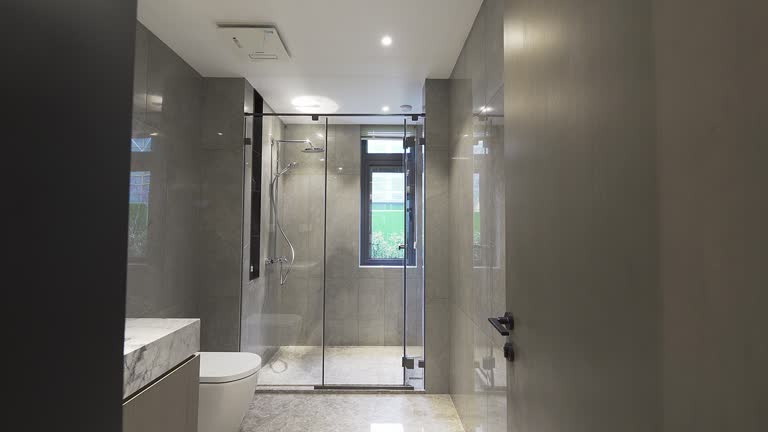In the world of industrial manufacturing and material handling, even the smallest components play a vital role in overall efficiency. One such unsung hero is the Pipe Joint — a simple yet powerful element that forms the structural foundation of modular systems like racks, trolleys, workstations, and conveyors.
What Are Pipe Joints?
Pipe joints are mechanical connectors used to join pipes in modular assembly systems. They are designed to provide strong, flexible, and durable connections between coated steel pipes or aluminum pipes. These joints enable users to build customized material handling solutions such as:
Industrial trolleys
FIFO racks (First In, First Out systems)
Workbenches and workstations
Storage racks
Flow racks and assembly lines
With pipe joints, industries can design and reconfigure structures quickly — without the need for welding, painting, or heavy tools.
Advantages of Using Pipe Joints
✅ Flexibility & Customization: Pipe joints make it easy to modify, expand, or relocate structures based on workflow needs.
✅ Durability: High-quality joints provide long-term performance with minimal maintenance.
✅ Cost-Effective: Modular systems built with pipe joints eliminate fabrication costs and reduce downtime.
✅ Eco-Friendly: Components are reusable and recyclable, supporting sustainable manufacturing.
✅ Quick Assembly: No welding or painting required — just clamp, tighten, and use.
Applications Across Industries
Pipe joint systems are widely adopted across various sectors, including:
Automotive: For assembly line trolleys and tool racks
Warehousing & Logistics: FIFO racks and storage structures
Electronics & Cleanroom: ESD-safe workstations
Pharmaceuticals: Hygienic and easily adjustable flow racks
These joints empower industries to maintain a lean, efficient, and ergonomic workspace.
Why Choose Quality Pipe Joints?
Choosing high-quality pipe joints ensures safety, reliability, and precision in every structure. Inferior joints can lead to instability and frequent maintenance issues. Therefore, always prefer manufacturers who offer:
Powder-coated or zinc-plated finishes
Tested load-bearing capacities
Compatibility with standard pipe diameters (typically 28mm )
ISO-certified production standards
Conclusion
Pipe joints may seem like small parts, but they are the connective strength behind every modular system. From warehouses to production lines, they enable industries to build smarter, faster, and more flexible solutions.
If your business focuses on efficiency, adaptability, and modern manufacturing, then investing in high-quality pipe joints is the foundation you can build on — literally!



